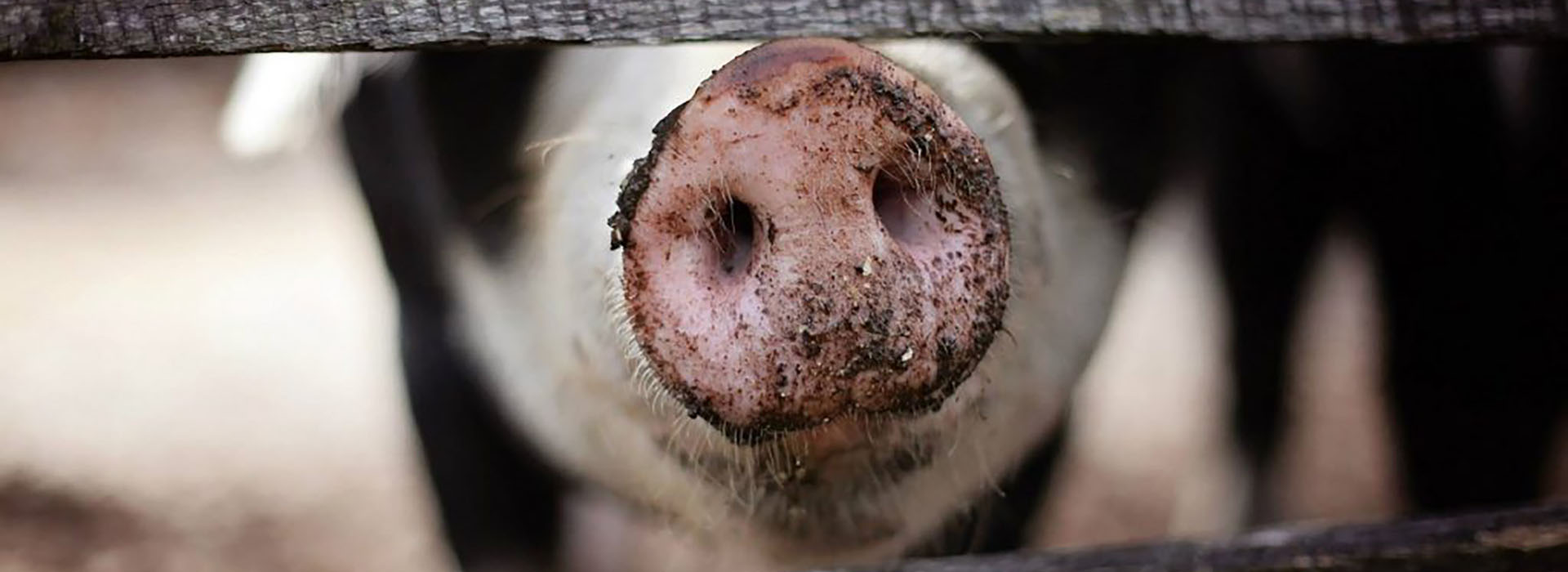
From devastating caterpillars to the rise of AI, 2017 has been a transformative year for science. Matter PR’s head of media, Sam Young looks at some of the biggest and most important news stories of the past year.
DeepMind
Google’s Deep Mind is an artificial intelligence company developing programs that can learn to solve any complex problem without ever having to be taught how. This year, their ‘AlphaGo’ program passed a historic milestone for AI, defeating Lee Sedol, one of the world’s best ‘Gomoku’ players.
Science fiction has often raised questions like ‘will a computer take our jobs?’, ‘can a machine think?’or, as in the very first Blade Runner, ‘what is it to be human?’ However, there has always been safety in the knowledge that these ideas were a long way off being realised, sitting somewhere in the distant future, or simple fantasy. 2017 was the year of big AI developments, making us sit up and think about what the future will really look like.
Fall Armyworm
Originally from the Americas, the Fall Armyworm is the caterpillar of Spodoptera frugiperda, or the Fall armyworm moth.
The Fall Armyworm crisis in Africa came to the public’s attention after CABI (the Centre for Agriculture and Bioscience International) revealed that the pest was ‘spreading rapidly’ across the African continent. The staple crops that 200 million Africans rely on have been under threat from a caterpillar that is still spreading throughout the continent, potentially causing widespread hunger.
The fall armyworm is native to North and South America and can devastate production of maize, the staple food crop that is essential for food security in large areas of Africa. So far, they have been found in 28 African nations.
Heavy Metal
Earlier in the year, Harvard scientists beat a number of researchers in squeezing hydrogen with such force that it turned into a metal, creating a brand new material – ‘metallic hydrogen’, that could one day be used as a superconductor.
The discovery of this ‘holy grail’ confirmed a theory proposed in 1935 by physicists Hillard Bell Huntington and Eugene Wigner that hydrogen gas could occur in a metallic state if exposed to extreme pressure.
With access to this hitherto non-existent material, metallic hydrogen looked set to usher in a new era of superconductive materials, making MRI scanners work at room temperature without the need for cooling, and improving the efficiency of our smartphones and computers.
However, as quick as it came, it disappeared, with the only sample in existence vanishing into thin air a few weeks after it was created.
That’s some heavy metal.
Earth’s 7 Sisters
Scientists discovered seven planets, all the size of our own Earth, a mere 39 light years away surrounding the star Trappist-1 in the constellation of Aquarius. Because of their size and proximity to the star, scientists believe these planets could harbour some form of life.
“I think we’ve made a crucial step in finding out if there’s life out there,” said Amaury Triaud, a researcher at the Institute of Astronomy at Cambridge University. “If life managed to thrive and release gases in a similar way as Earth, we will know.”
This has given new hope to scientists who believe that we will soon be able to say for sure that we are not alone.
Totally far out.
Pig Organ Transplants
Churchill famously said “I am fond of pigs. Dogs look up to us. Cats look down on us. Pigs treat us as equals.” In 2017 we had another reason to celebrate our farmyard friends. In August, American scientists from Salk Institute for Biological Studies managed to create the first human-pig hybrid organs.
Previous attempts to use pig organs in transplants failed because scientists could not prevent the human immune system rejecting the animal tissue. Creating new organs in a lab with stem cells was unsuccessful too, with scientists struggling to get the cells to grow into complex 3D structures.
However, combining both concepts the researchers demonstrated that it is possible to grow human tissue within a pig.
British Bird Beaks
In October we learned that British birds may have evolved longer beaks than their European counterparts due to the national fondness for bird feeders. A study, published in the journal Science comparing the DNA of more than 3,000 birds in the UK and the Netherlands, established “genetic differences” in terms of beak lengths.
Comparing the beak length of tits in Wytham Woods, Oxfordshire, with those in Wageningen, in the Netherlands and monitoring the length of time they spent at automated bird feeders, the study confirmed average UK great tits have a 0.3mm longer beak than the tits in mainland European.
The study revealed that Britons spend twice as much as their European counterparts, with £334m a year spent on “supplementary feed” for UK birds, whereas those in mainland Europe spent £167m. Researchers at Oxford University have recorded the beak sizes of great tits in Wytham Woods for 70 years – and say they have seen a significant beak growth spurt since the 1970s.

